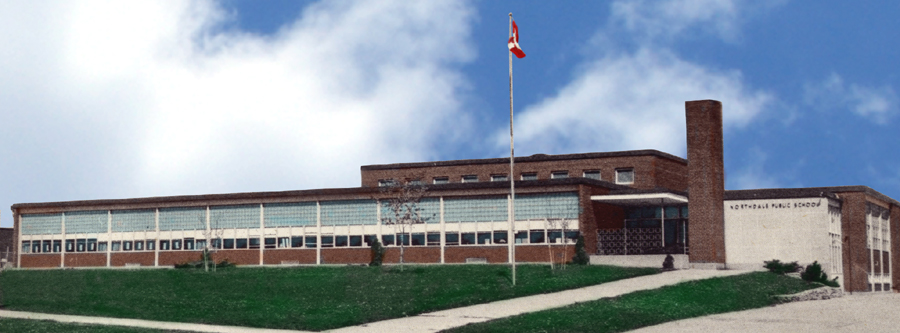[note: I’ve relocated this article here from “Christie University”]
Canadian children begin their formal education in elementary schools, advance to middle school, and then on to high school.
Canada provides this public school education at state expense. Along with secular public schools, taxpayers have the option of directing their education tax into the Catholic “separate school” option. In recent years Canada has begun to draw human rights complaints since the same opportunity is not offered to any other flavour of religious education. There are also private schools, some religious, and some secular, which get little or no state funding.
The province of Ontario has gone so far as to make it mandatory for children to stay in school until they complete grade twelve or become an adult, whichever comes first. At the end of this, students can go straight into the work force, or they can choose to follow a path of higher education. the options available are apprenticeship, community college, or a university education.
In many cases apprenticeships are being replaced with student co-ops obtained through a college or university. Co-op education includes a combination of class work in a learning institution interspersed with real world on-the-job-training.
University is supposed to teach students to think, college is supposed to teach students to do, apprenticeship to train.
But there is more overlap than previously thought, and it has become rather commonplace for all students to both think and do things. In recent years the lines have blurred, and today in Canada many community colleges offer University courses. Or courses that are split between both.
Of course, just to confuse everyone, we often refer to university as “college”.


Leave a Reply